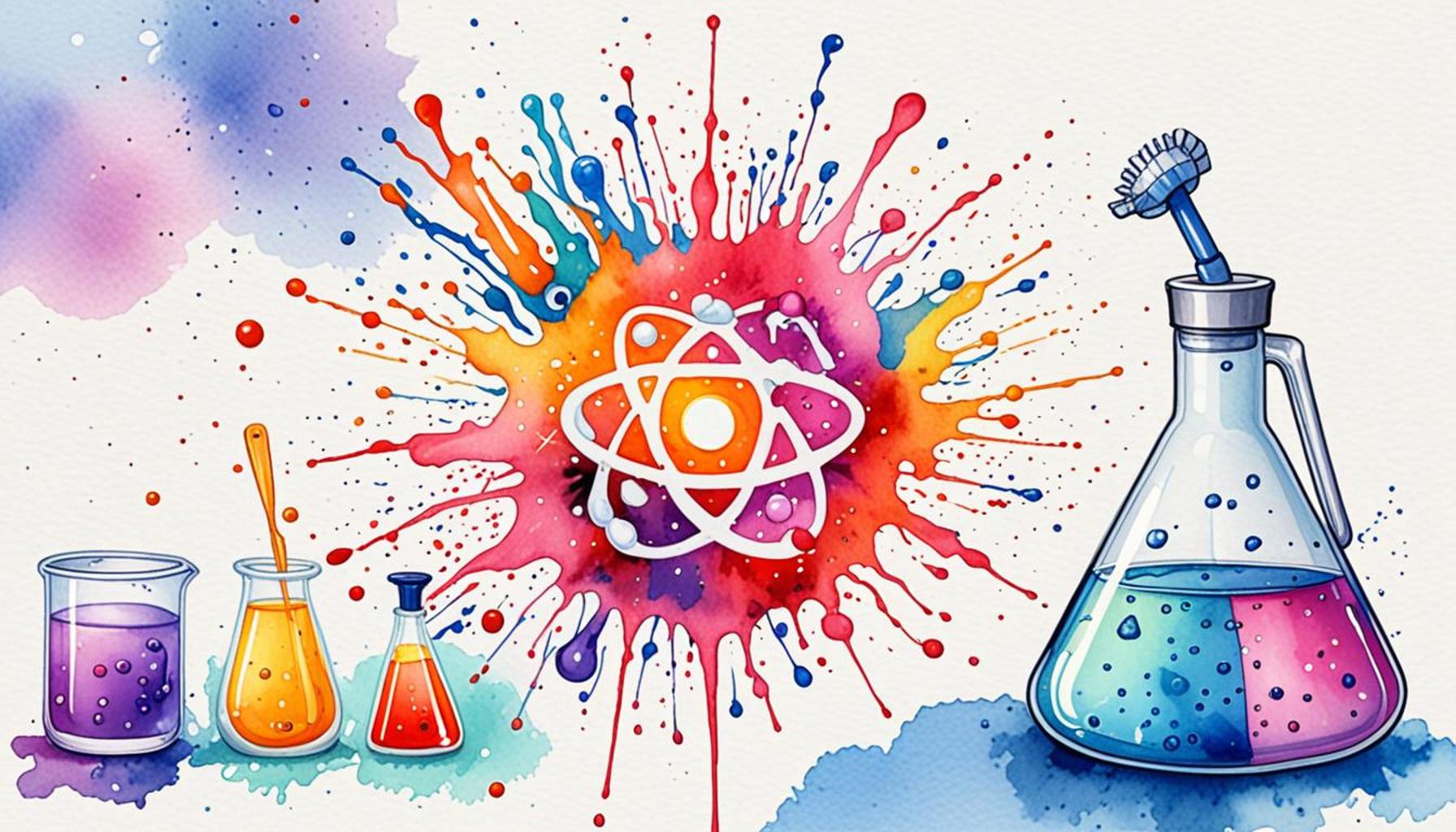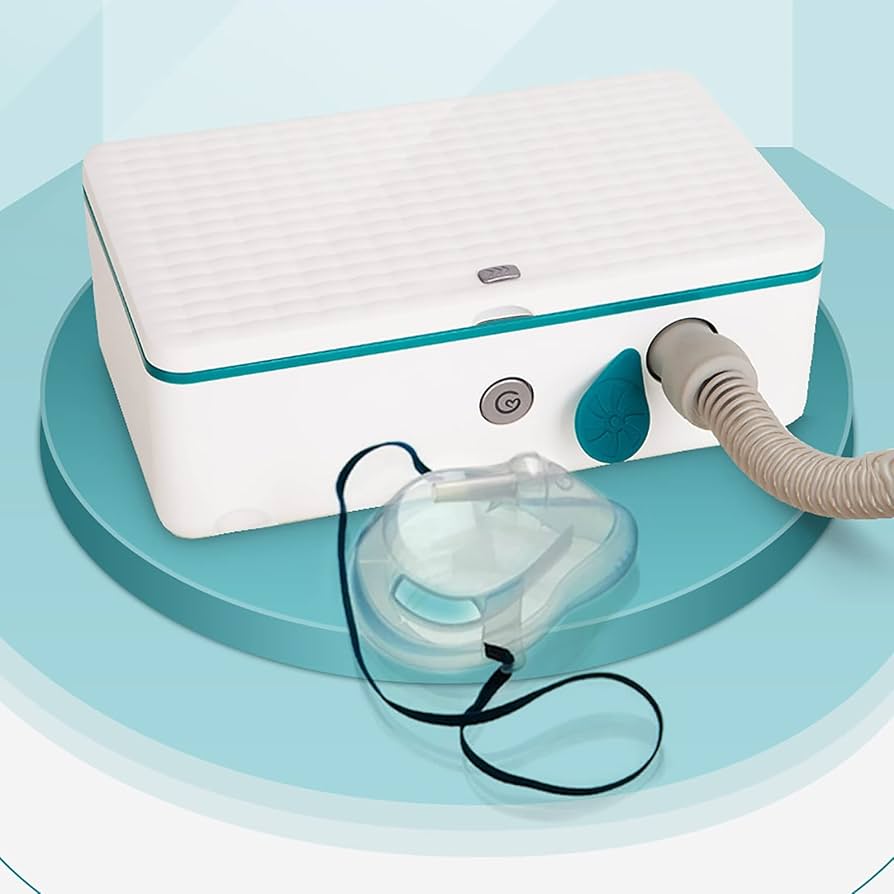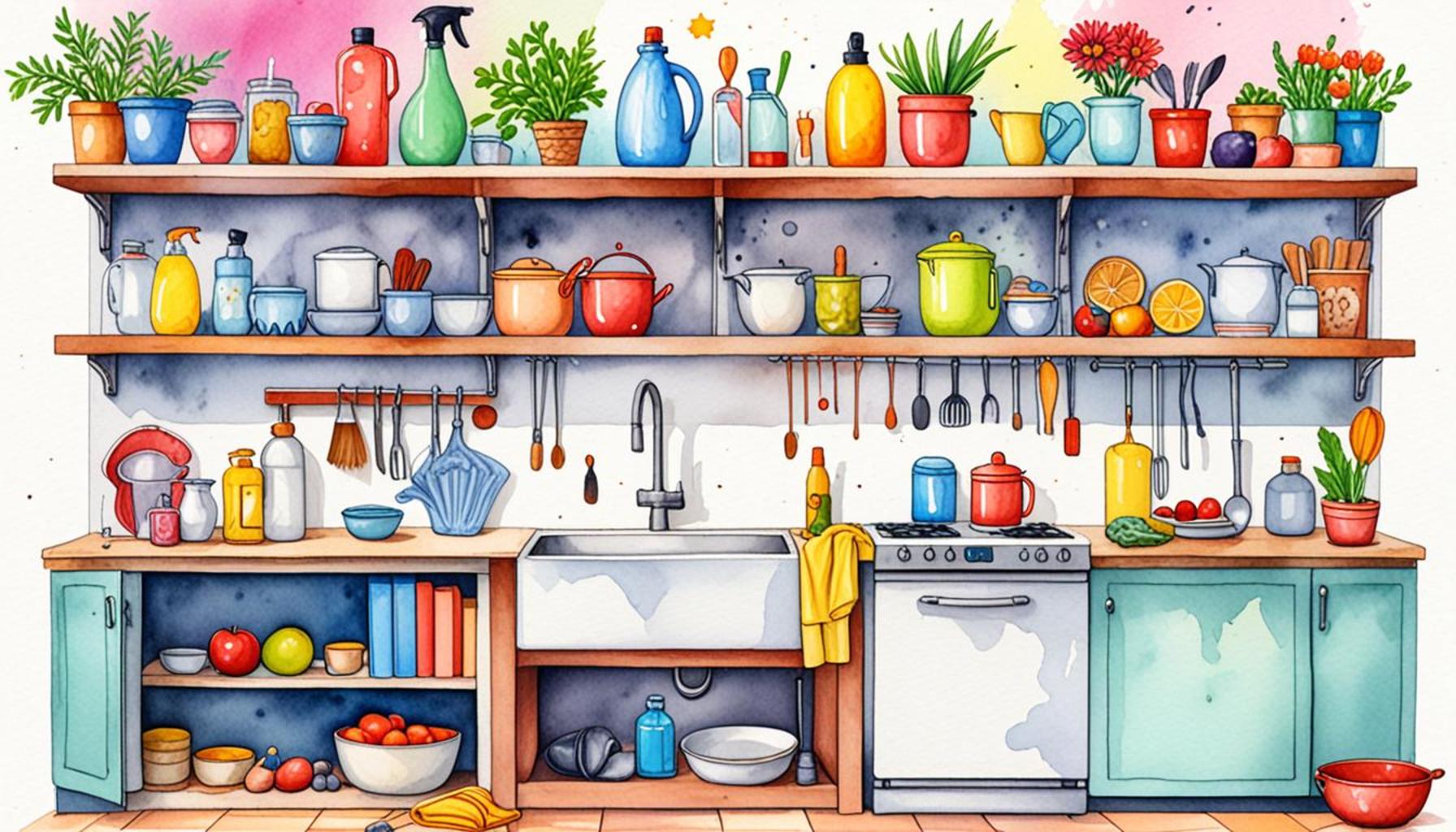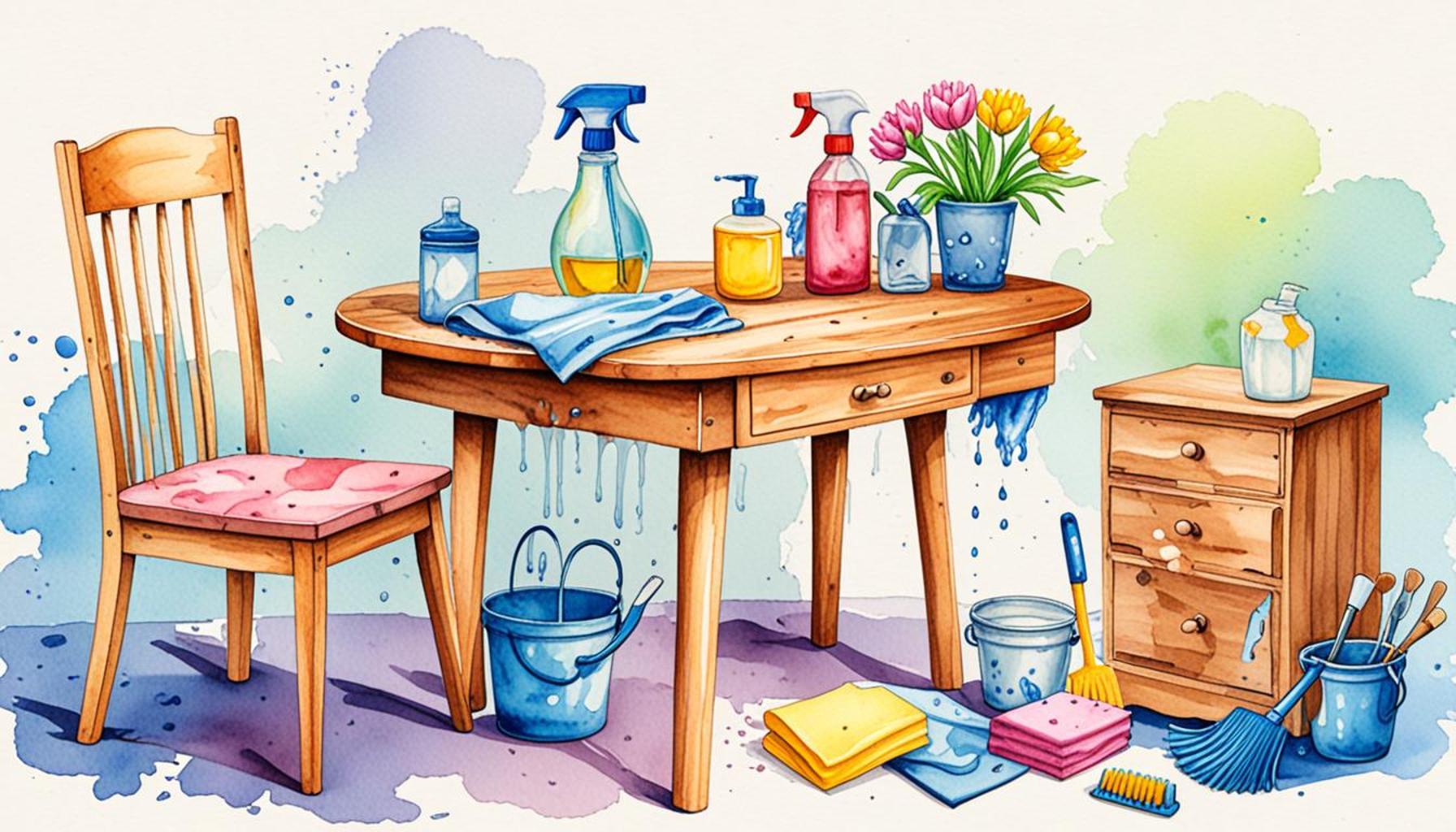Understanding the Science Disinfecting vs Cleaning Explained

The Importance of Cleaning and Disinfecting
In our modern world, maintaining a clean and healthy environment is more important than ever. With the increasing awareness of germs and their potential impact on health, understanding the differences between cleaning and disinfecting can empower individuals and organizations to effectively combat the spread of pathogens. While both processes contribute to hygiene, they have distinct methods, outcomes, and applications.
Cleaning is the foundational step in achieving a hygienic environment. This process focuses on removing visible dirt, dust, and impurities from surfaces. For example, when you wipe down kitchen counters or sweep the floor, you are performing the critical task of cleaning. It is essential to use appropriate tools and cleaners; for instance, all-purpose cleaners can help lift grime while ensuring the surfaces remain undamaged.
On the other hand, disinfecting is a more specialized process. It involves the application of chemical agents specifically designed to kill microorganisms such as bacteria, viruses, and fungi on surfaces. This is particularly crucial in high-touch areas such as doorknobs, light switches, and bathroom fixtures. To effectively disinfect, it is essential to follow product instructions, which often include allowing the disinfectant to sit on the surface for a specified time to achieve maximum efficacy. For example, many disinfectant wipes require a certain level of contact time, usually a few minutes, to effectively eliminate germs.
Where It Matters Most
Understanding the roles of these practices is particularly vital in environments where cleanliness is paramount. In healthcare facilities, maintaining strict protocols for both cleaning and disinfecting can dramatically lower the incidence of healthcare-associated infections (HAIs). Research has shown that effective disinfection in hospitals can reduce the transmission of pathogens like Clostridium difficile, which poses serious health threats.
In homes, especially in kitchens and bathrooms where food preparation and personal hygiene take place, the balance between cleaning and disinfecting is essential. Regular cleaning of these areas can help prevent the buildup of dirt and germs, while periodic disinfecting, particularly during flu season or after illnesses, can further safeguard family health.

Public environments, such as schools and offices, also benefit greatly from understanding these processes. Ensuring that surfaces are routinely cleaned and disinfected can minimize the spread of illnesses among students and employees alike, which is especially crucial during outbreaks such as the flu or COVID-19. Comprehensive cleaning schedules and appropriate staff training can transform a commonplace setting into a healthier space.
By gaining insight into when and how to clean and disinfect effectively, individuals and organizations can significantly reduce the risk of infections and create safer environments. As the understanding of hygiene practices continues to evolve, it becomes increasingly evident that investing time and resources into these two essential methods can yield significant benefits for overall public health.
In conclusion, as we navigate a world that prioritizes health, the science of cleaning and disinfecting encourages a proactive approach to hygiene. This knowledge not only protects individual well-being but fosters safer communities. Explore further into cleaning and disinfecting practices to enhance your understanding of this vital topic.
SEE ALSO: Click here to read another article
Clearing the Confusion: What Does Cleaning Entail?
Many of us use the terms cleaning and disinfecting interchangeably, but doing so can lead to misunderstandings about what each process achieves. The journey toward a sanitization strategy begins with cleaning. So, what exactly does cleaning involve? In essence, cleaning is the act of removing dirt, grime, and visible contaminants from surfaces.
To break it down further, here are some key points that define cleaning:
- Physical Removal: Cleaning involves scrubbing, wiping, or using vacuuming techniques to physically lift dirt and residues from surfaces.
- Surface Focus: The primary goal is to achieve a visibly clean surface; however, it does not eliminate germs or bacteria.
- Tools and Products: A variety of tools, including mops, sponges, and cleaning solutions, can enhance their effectiveness. Understanding what products work best on various surfaces is crucial.
- Regular Maintenance: Frequent cleaning prevents the buildup of debris, which can become a breeding ground for germs over time.
Consider your own home as a prime example. Everyday activities such as washing dishes or sweeping the floors are all cleaning tasks. While the action of cleaning may not eliminate all pathogens, it sets a crucial foundation for disinfecting. Surfaces left dirty will interfere with the effectiveness of disinfectants because they must be applied to a clean surface to effectively kill germs.
Understanding Disinfecting: An Essential Step in Infection Control
While cleaning is a necessary component of proper hygiene, disinfecting takes cleanliness to a higher standard by targeting bacteria and viruses lurking on surfaces. Disinfecting utilizes specific agents, usually chemical solutions like bleach or alcohol-based products, designed to kill germs effectively. To put it simply, disinfecting can be thought of as a “last line of defense” in the cleanliness battle.
To ensure that disinfectants work effectively, certain protocols should be followed:
- Read Labels: Always follow the manufacturer’s guidelines for the correct application and dilution ratios to avoid ineffective use or damage.
- Contact Time: Make sure to allow the disinfectant to sit on surfaces for the recommended duration. This contact time is crucial in achieving optimal results.
- Safety Precautions: When using disinfecting agents, consider proper ventilation and wear gloves or masks if necessary to avoid any adverse health effects.
In settings like hospitals, schools, and public spaces, knowing how and when to disinfect appropriately is particularly vital. High-touch areas, like elevator buttons and restroom fixtures, are notorious for harboring large quantities of bacteria, making them critical targets for disinfecting efforts.
As the conversation around health and hygiene evolves, a clear comprehension of cleaning versus disinfecting continues to gain importance. By prioritizing both processes, individuals and organizations can safeguard not only personal health but also the well-being of those around them. Understanding these differences places us one step closer to creating environments that are not only clean but also resilient against illnesses.
| Advantages of Cleaning | Advantages of Disinfecting |
|---|---|
| Regular Maintenance | Killing Germs |
| Effective cleaning removes dirt and debris, which aids in preventing long-term damage to surfaces. | Disinfecting effectively eradicates pathogens, offering high levels of sanitation and public safety. |
| Improved Hygiene | Health Protection |
| Regular cleaning promotes a healthier environment by reducing allergens and contaminants. | Disinfecting surfaces minimizes the risk of spreading infections, vital for communal areas and healthcare settings. |
Understanding the nuanced differences between cleaning and disinfecting is critical in both residential and commercial environments. While cleaning primarily deals with the removal of visible dirt, grime, and impurities, disinfecting is targeted at reducing or eliminating harmful microorganisms that can pose health risks. In instances such as flu seasons or viral outbreaks, a robust disinfecting protocol becomes indispensable—in stark contrast to the routine cleansing practices that may not suffice during higher-risk periods.Addressing specific areas, such as kitchens and bathrooms, can reveal further complexities. Cleaning these spaces helps maintain sanitation, but disinfecting ensures a safer, germ-free environment where bacteria might thrive, particularly on high-touch surfaces. This distinction not only fosters better health outcomes but reinforces the importance of effective cleaning protocols in minimizing hazardous interactions within shared spaces. By delving deeper into these processes, readers can appreciate the integrated approach necessary for optimal hygiene and safety.
CHECK OUT: Click here to explore more
The Science Behind Disinfecting: How Does it Work?
To delve deeper into the concept of disinfecting, it’s essential to understand the science driving its effectiveness. Disinfectants are formulated with specific active ingredients designed to target and destroy pathogens at a cellular level. The process usually involves one of two mechanisms: oxidation or denaturation.
Oxidation occurs when disinfectants, such as hydrogen peroxide or bleach, react chemically with the cell wall of bacteria or viruses. This reaction disrupts the integrity of the cell, ultimately leading to its death. On the other hand, denaturation involves altering the proteins within the pathogen, rendering them inactive. Many alcohol-based disinfectants operate via this method, making them effective against a wide range of microorganisms.
It is important to mention the various categories of disinfectants. Understanding differences can help you choose the right product for a specific situation:
- Hospital-grade Disinfectants: These are regulated by the Environmental Protection Agency (EPA) and are proven to be effective against a wide range of pathogens including bacteria, viruses, and fungi. They are essential in healthcare settings where the stakes are incredibly high.
- Broad-spectrum Disinfectants: These kill a wide variety of germs but may not meet the stringent standards required for hospital-grade products. They can be ideal for general household use or in low-risk environments.
- Natural Disinfectants: Options such as vinegar and essential oils have gained popularity due to their eco-friendly attributes. However, their efficacy can vary widely, and they may not eliminate all pathogens.
Best Practices for Effective Disinfection
Understanding how disinfectants work is just the beginning. To maximize efficacy, it’s crucial to adhere to certain best practices:
- Prepare Surfaces: Always clean the surface before applying a disinfectant. If the area is covered in grime, the disinfectant’s ability to kill germs diminishes significantly.
- Use the Right Concentration: Certain types of virucidal and bactericidal products are only effective at a specific concentration. Always check the product labeling for the recommended use dilution.
- Don’t Rinse Immediately: Some disinfectants need time to penetrate and kill pathogens. Avoid rinsing or wiping the surface until the required dwell time has passed.
Moreover, the potency of disinfectants can also be influenced by environmental factors, such as temperature and humidity. Many disinfectants work best when applied to room-temperature surfaces, as temperature extremes can impede their effectiveness. A study published in the Journal of Hospital Infection showcases how significant temperature variations can impact the survivability of viruses on surfaces, highlighting the synergy between environmental factors and disinfectant efficacy.
With the rise in awareness of infectious diseases, it has become imperative for households, workplaces, and institutions to elevate their understanding of these methods. It’s no longer sufficient to simply “clean” — a conscious effort to incorporate disinfecting can significantly enhance public health outcomes, particularly in high-traffic areas.
As the landscape of hygiene continues to evolve in the wake of global health concerns, the distinction between cleaning and disinfecting may shape hygiene practices for years to come. By employing a strategy that incorporates both approaches, we can cultivate spaces that not only look clean but are also fortified against infection.
CHECK OUT: Click here to explore more
Conclusion: A New Era of Hygiene Practices
In conclusion, deciphering the intricate dynamics of disinfecting versus cleaning is no longer a simple task but a critical aspect of safeguarding public health. As we navigate through the complexities of pathogens and their transmission, understanding how each method functions empowers individuals and organizations alike to make informed decisions about their hygiene practices. While cleaning removes visible dirt and grime, it is disinfecting that eradicates harmful microorganisms, ensuring an environment free from potential threats.
Moreover, adopting best practices such as properly preparing surfaces, using the correct concentrations, and allowing adequate dwell time for disinfectants can significantly enhance the effectiveness of these measures. As revealed in recent studies, the interplay between environmental factors and disinfectant efficacy can play a pivotal role in our efforts to combat illness.
As this understanding takes root in households, schools, and workplaces across the United States, we can redefine hygiene standards that extend beyond mere appearances. The urgency for enhanced hygiene protocols has never been clearer, catalyzing a transformation in how we approach sanitation in the face of emerging health challenges.
This paradigm shift emphasizes the importance of integrating both cleaning and disinfecting practices to cultivate spaces that are not only visually clean but are scientifically fortified against infection. In this evolving landscape, our commitment to knowledge and best practices can lead to healthier communities and a brighter future for public health.



